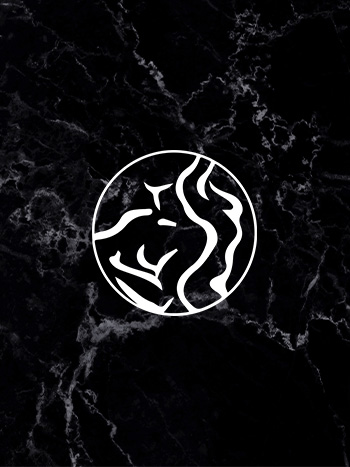
SKIN RESURFACING
LEARN MORE
LASER HAIR REMOVAL
LEARN MORE
VASCULAR LESIONS AND ROSACEA
LEARN MORE




Request your Consultation by clicking Book Now below, by calling us at 813.437.3263, or by filling out our online form.
Book Now